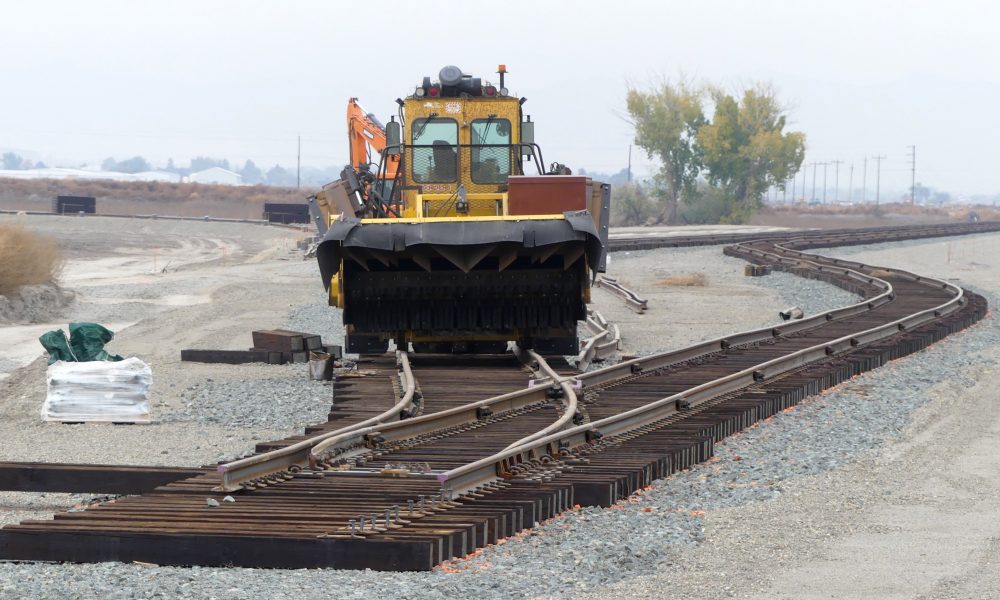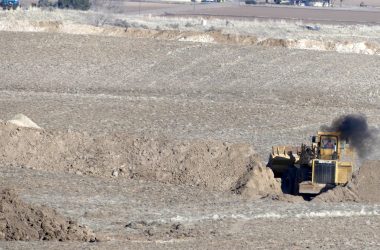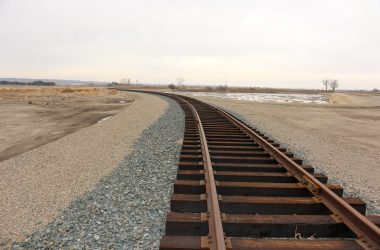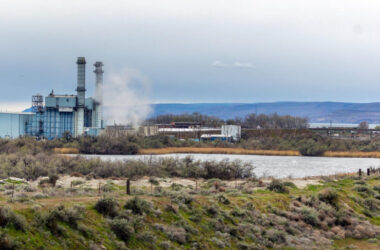The transportation expert sounded the alarm in October about the Treasure Valley Reload Center.
He was blunt.
No fourth rail spur, no Union Pacific Railroad service.
That would mean not a single rail car of onions could move out of Nyssa despite more than $35 million in public money being sunk into the project.
His night time email triggered a scramble by those in charge, public records show, and now Malheur County is putting up another $2 million to fix the blunder.
This is the latest instance of Malheur County Development Corp. tapping public treasuries to keep its project going. Onion companies will profit from that taxpayer support. The shipping depot promises more reliable service at less cost than trucks.
But project officials won’t address the poor planning and inattention to detail behind the rail spur confusion that is apparent in public documents.
“This project is dead with UPRR without track C.”
-Email from RailPros executive
Grant Kitamura, onion industry executive and president of the development company, didn’t respond to requests for an interview.
Greg Smith, the Heppner contractor managing the Nyssa work, has declared he won’t talk to the Enterprise or respond to written questions.
Brad Baird, whose firm Anderson Perry & Associates is supervising construction, didn’t respond to a request for an interview and typically doesn’t address written questions.
Their silence leaves the community with a mystery of how a rail spur became a $2 million headache on a project in the works for four years. But documents obtained by the Enterprise through public records requests provide taxpayers a view into how the crisis developed over recent months.
They show project leaders suspended this vital rail link without telling their most important partner – Union Pacific Railroad.
A key go-between for the railroad and the development company is RailPros. The national rail engineering firm, based in Utah, got the contract from Malheur County Development to design the rail system at the Nyssa site. Among those RailPros assigned to the reload center work was a former Union Pacific executive with experience in the railroad’s requirements for adding a customer such as Treasure Valley Reload Center.
RailPros’ plans from early in the process called for four rail lines adjacent to the Union Pacific mainline bordering the property. One line was to get rail cars off the mainline. A second line was to store empty rail cars until they were needed, another to park rail cars next to the shipping center for loading, and the fourth line to store filled rail cars until Union Pacific could pick them up, according to engineering plans.
Malheur County Development in 2019 signed a deal with the Oregon Department of Transportation, listing all four lines as necessary for the project. The state is funding most of the project.
The company then signed a deal with Union Pacific in 2021, again committing to construct four rail lines.
Union Pacific was attentive to any change in those plans, documents show. In 2021, project leaders had to go to the railroad with new drawings to account for lengthening one spur, identified as Track C. The development company by then had already forged a contract with the railroad based on the earlier plans.
“Please note that the UP offered track agreement was based on the prior approved construction subset,” a railroad official wrote in October 2021. “Any approved change in design will require” a modification to the agreement, the note said.
The change was approved and project leaders headed towards building the reload center. But, worried about costs, they told contractors to hold off on Track C – one of the spurs needed to hold empty or loaded rail cars.
That decision caught the attention of Shawn Marshall, a rail engineer who was leading the Nyssa team for Railpros.
“Just so you know, if Track C isn’t built, we will have to start all over with UPRR on the review process,” Marshall wrote to project officials. He warned in his email of Oct. 25, 2021, that such a change would require getting new approvals from the railroad and a new contract. The original contract work had taken months.
“I highly advise against making any changes to the tracks,” Marshall wrote.
An Anderson Perry engineer downplayed the concern, writing, “Just showing track c as an additive for bidding/budgeting purposes.”
Months later, RailPros apparently still expected Track C to get built. On April 15, the company emailed Smith and Baird of Anderson Perry with a note about Union Pacific’s standards for rail. The note mentioned “separate drop and pull tracks” and listed Track C.
No record provided by the development company shows that Smith or Baird responded.
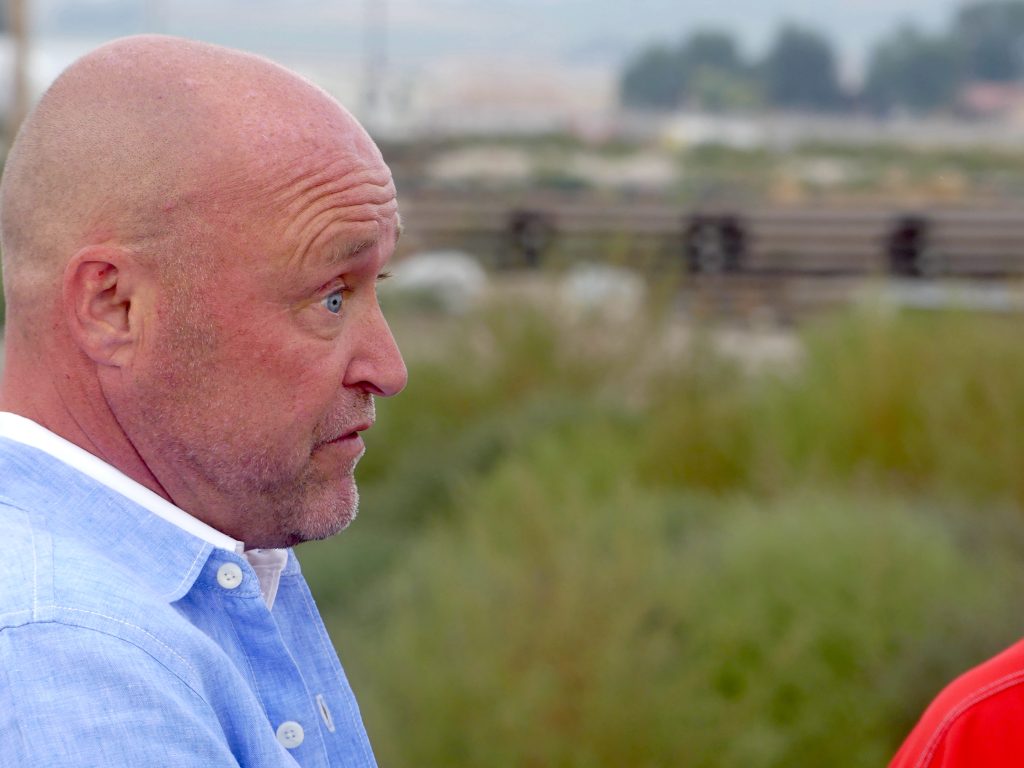
Instead, three days later, Smith put Track C on the chopping block.
“We are exploring the impact of cutting or delaying certain project items” to account for cost overruns he wrote in an email to board members of the development company. He said one option was to “delay track C – this has been an ongoing discussion, but saves the project $2.7 million.”
When the board met last April 26, Smith was more clear about his intention.
“We’re delaying Track C for 36 months, as we look for other resources,” he said. “There’s no need to put that pressure on us.”
No money was budgeted for the track as other costs mounted.
Smith didn’t explain how the rail shipping center could function without a key spur and no director questioned him. That included Grant Kitamura, an Ontario onion executive and president of the development company, Corey Maag of Vale’s Jamieson Produce, and Jason Pearson of Eagle Eye Produce in Nyssa.
Officials from Union Pacific and RailPros don’t attend the board meetings and this momentous one was no exception.
Smith and the development company could not produce any record showing that they told Union Pacific of the change or that the railroad agreed.
They also said they had no record of giving notice to their state funders, who were still expecting to see a Track C, or to RailPros, the company that had been working for two years designing the rail system.
The decision apparently went unnoticed outside of the development company, and the board and Smith moved on to other issues.
Then, six months later, an engineer at Anderson Perry reached out to RailPros by email.
“With Track C not being constructed at this time, what alignment changes needed to be made at the B into A tie-in location,” the Anderson Perry engineer wrote on Oct 3.
This, apparently, was RailPros’ first indication Track C was not going in.
At 7:30 p.m. that Monday, just hours after the Anderson Perry email, Marshall reacted. He was the team leader who had advised Smith and others a year earlier against changing rail plans. Marshall shot his message to Terry Tate, the former Union Pacific executive now helping RailPros in Nyssa.
“They can’t just not build Track C,” Marshall said. “I don’t know why AP thinks they can do whatever they want and not include us in the decision making. This project has been managed so poorly by AP.”
He went on, “If they are going to do their own thing then we step away and let it blow up in their faces.”
Tate reacted quickly. Just eight minutes later, he sent a short message to Smith’s private business email instead of the development company’s public email system.
“We need to talk ASAP,” Tate wrote. “This project is dead with UPRR without track C.”
There is no record Smith responded.
Tate also that night emailed Baird at Anderson Perry.
“Without track C, this project is dead with UPRR. We need to talk,” he said.
There is no record that Smith or Anderson alerted any of the top officials at Malheur County Development Corp. What conversations they had with RailPros couldn’t be established – Smith said there were no notes of any conversations with the engineers regarding Track C.
Two days later, Smith scheduled to meet Baird, according to a calendar entry. Nothing in record indicates what was covered at that meeting or if it happened. The following day, though, Smith canceled without explanation a meeting of the development company board scheduled for the following week. His gave board members no hint of the developing crisis.
When directors did finally convene on Oct. 25, Smith covered only routine matters – a routine audit, advised bills were paid, and talked about marketing.
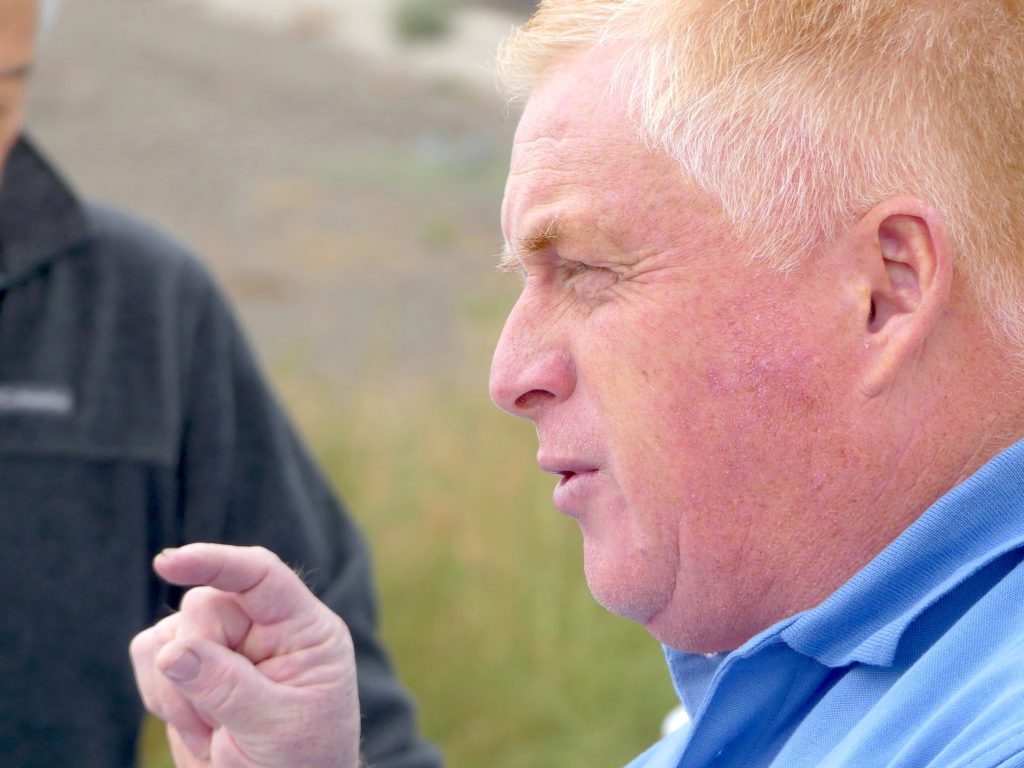
He left it to Baird to tell them the project, already millions short, now needed another $2 million to build Track C. Baird repeated what RailPros had said in its emails – that Union Pacific would not stop at the Nyssa center if all rail spurs weren’t in.
“That’s quite a gut punch to receive at this point based on the fact we didn’t really understand that,” Baird said.
Baird told the board that he had “correspondence” from RailPros about the matter.
Smith denied there was any notice was in writing.
“The communication has been verbal with RailPros,” Smith said.
Kitamura, the company president, also insisted there was nothing in writing.
“There were no documents for that issue,” he told the board.
Email records later released to the Enterprise showed both men misled the board.
Following the meeting, the Enterprise emailed questions to Union Pacific concerning Baird’s report that service to Nyssa was in jeopardy. Three days later, Smith was told by email from RailPros that two Union Pacific executives have “requested an update regarding Track C” after receiving a “letter” regarding the board meeting.
Soon after, Union Pacific issued a rare public statement on the Nyssa project, noting the project had to be built as approved.
RailPros echoed that in its own statement: “The design, as approved, required the full build out of the tracks, and at no time was Track C considered optional. This fourth track has been a part of the railroad’s requirement from the outset. We have been faithful in providing accurate and timely information to our client on all matters regarding the project, including the need to complete the track build out.”
Contact Editor Les Zaitz: [email protected]
PREVIOUS COVERAGE:
Rail project fails in $1.5 million request; another $1 million source isn’t documented
Reload project managers mum on interest costs for contractors
County court appoints two to rail reload board but one abruptly drops out
PUBLIC MONEY, PRIVATE EMPIRE: Greg Smith serves many public masters – for a price
EXCELLENCE IN JOURNALISM – Available for $7.50 a month. Subscribe to the digital service of the Enterprise and get the very best in local journalism. We report with care, attention to accuracy, and an unwavering devotion to fairness. Get the kind of news you’ve been looking for – day in and day out from the Enterprise.

